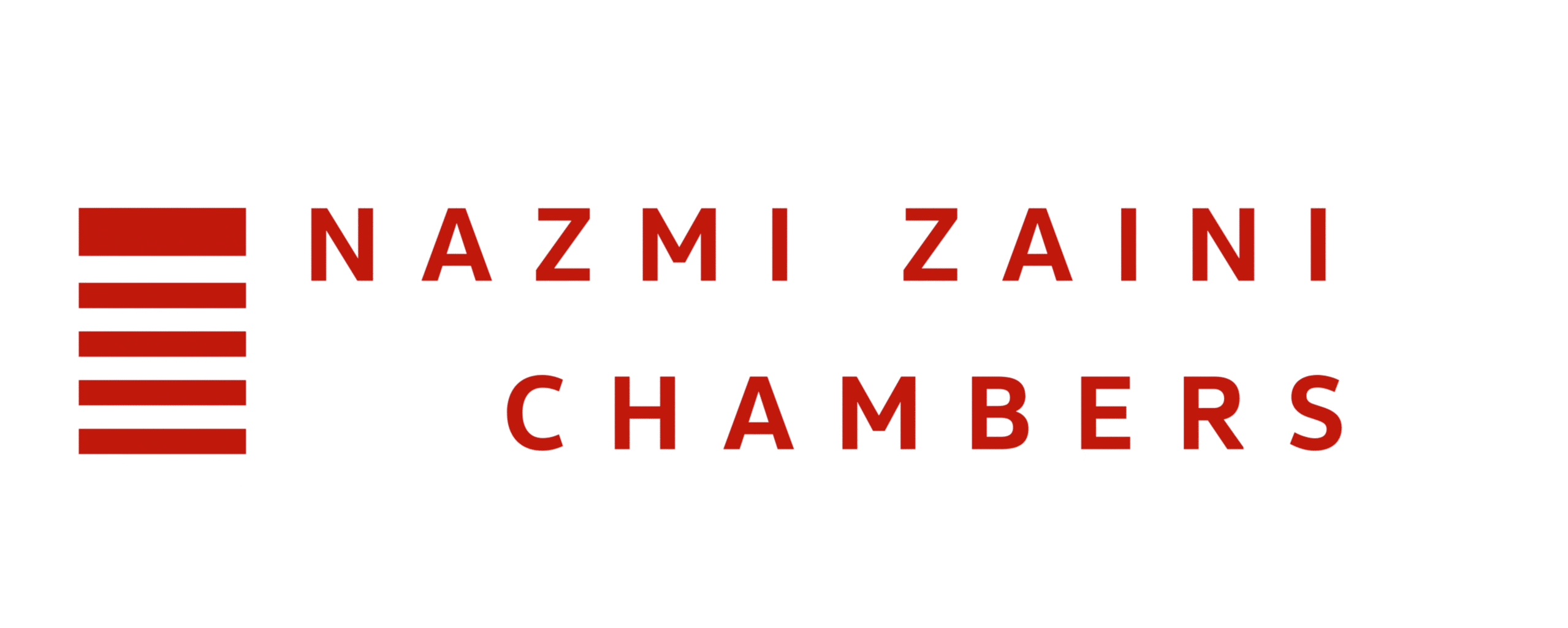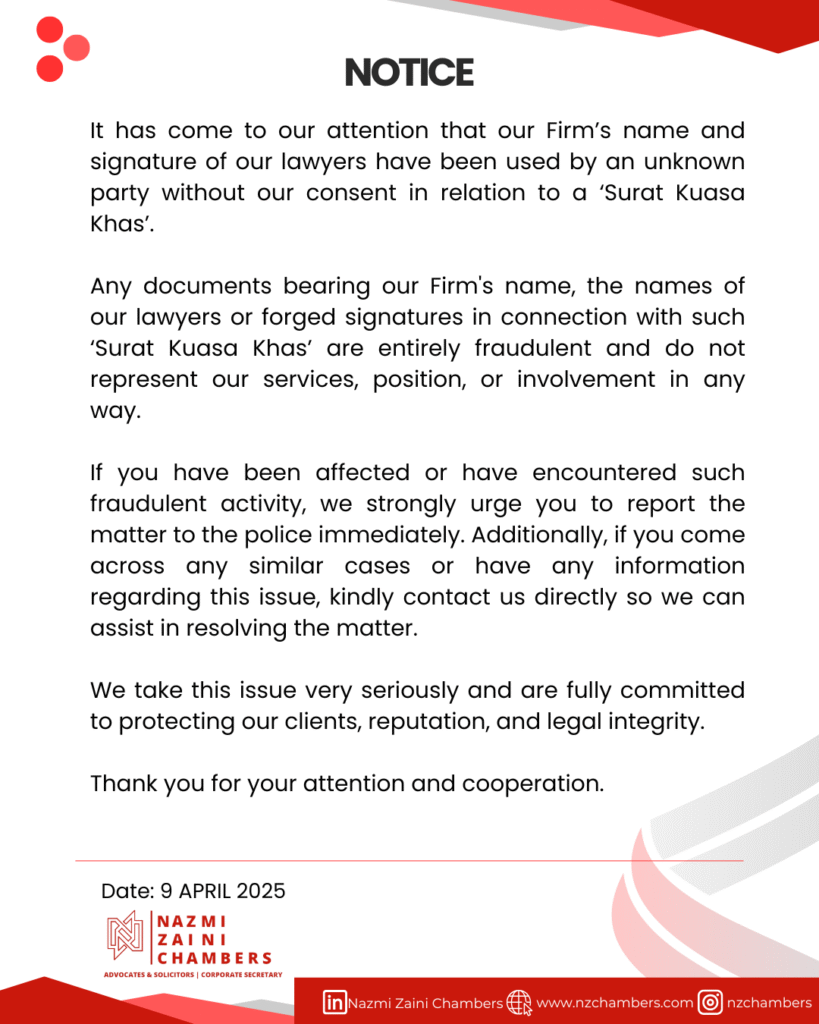INTRODUCTION
It goes without saying. Employees are an asset to a company and is the most crucial one in carrying out a business. To ensure continuous growth and development, companies realize the need to gain employee loyalty and to retain them. However, in today’s competitive world, acquiring and retaining employees posed a significant challenge as more companies offered a competitive compensation plan to attract the best talent in the market. One of the ways a company can offer attractive compensation to its employees is an Employee Share Option Scheme (‘ESOS’).
In this article, we will give you some insight on ESOS and its application to your business.
HOW IT WORKS?
ESOS is an equity compensation provided by a company to its eligible employees. The company will grant to its employees call option or the right, but not obligation to buy the company’s shares within a specific period for a fixed price. The employees may exercise the share option or buy the shares at any time deemed suitable by them within the exercise period of the ESOS. Unlike a listed share option, the share option granted under the ESOS is usually non-transferable to any third party, hence it is not available for trading.
Depending on the structure, mechanics and intention of the employer, the ESOS offered can be in the form of ordinary shares or preference shares of the company. Each type of shares offered in the ESOS shall carry different purposes and objectives. As an example, for technology start-up that intends to retain their employees, they would preferably offer preference shares; of which the employees will be having priorities in getting dividends while not be burdened with obligations to vote or decide of the company’s affairs.
THE KEY TERMS IN AN ESOS
The key terms in an ESOS are as follows: –
Grant Date
A grant date is the date the share option is granted to the employees. However, a grant date is different from the vesting date which the employees are yet being eligible to exercise the share options until the shares are vested to the employees.
Vesting Date
A vesting date is the employees can exercise the share option. Companies may set its terms of the conditions for the option to be vested to the employees such as the revenue threshold of the company, the period of employment, the KPI set by the company and others.
For example, the company may grant 300,000 share options for a ten-year period, but only vested 10% of the said share options in each year. The company also may vest the share options after the eligible employees achieved the goals set by the company.
Exercise Price
Exercise price or strike price is the price fixed for the share option to be exercised. When the eligible employee decided to exercise his/her share option, the company is liable to sell the its shares at the prior fixed price regardless the market price of the shares.
Exercise Date
Exercise date is the date the share option is exercised or the date when the shares are bought by the employees. When the employees exercise the share options, the company automatically liable to sell the shares at the agreed exercise price.
Expiration Date
Expiration date is the date and time when the share option is deemed null and void. The employees are not able to exercise any share option after the expiry of this date and the share options will effectively deemed as worthless.
Exercise Period
Exercise Period is the period where the employees can buy the shares or exercise the share option from the date the share option is vested until the date when the share option expired.
Exemption Clause
Exemption clause may be inserted in the ESOS bylaws. For example, the company may put an exemption clause that the unexercised vested share options to be automatically null and void in the event of the employee’s resignation or termination (which the grounds of termination should be put as precondition to invoke the exception clause) or death.
ADVANTAGES OF ESOS
Apart from increasing the employee’s morale, loyalty and productivity, ESOS also serves as a mechanism to conserve the cash flow of a company when giving a bonus or additional compensation. Unless the expenses to issue the ESOS, the company does not need to fork out its coffer in order to additionally compensate its best employees.
Further, unlike shares ownership plan, ESOS gives some space to the company in allotting and issuing new shares up until the employees decided to exercise the share options.
DISADVANTAGES OF ESOS
However, in issuing ESOS, the company need to be reminded that issuing ESOS involves issuing the additional shares that if the limit is not set, the company may have issues with current shareholder (unless they have entered into a non-dilution agreement). Also, another disadvantage of ESOS is that it may be not attractive and fail to attract and retain the best talents in the company if the market is bearish, which there are high probability that the exercise/strike price is higher than the market price until the expiry period.
CONCLUSION
Hence, ESOS can become a great option to be included your company’s compensation plan other than monetary compensation to attract and retain the best talent in the market. Other than ESOS, there is variety of compensation plan that your company can adopt, such as the Shares Appreciation Rights and Employee Share Ownership Plan which we will cover later in the future.





